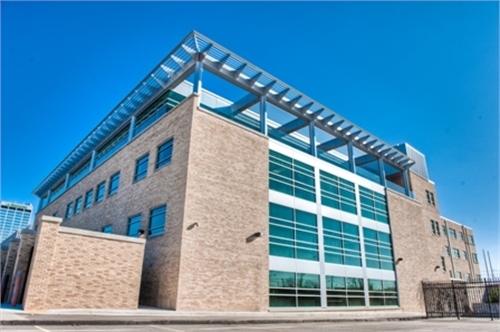Two years after spending $550,000 to install solar panels on a government building, Arkansas Energy Office staffers finally activated the panels, but state legislators say taxpayers are getting fleeced in the deal.
Arkansas state officials in 2010 spent $552,251 in federal “green” stimulus money to purchase and install solar panels on the state library building in Little Rock. For two years after the purchase, the solar panels sat idle because of a contractual dispute between state officials and Entergy electric power company. The parties finally resolved the contractual dispute in September 2012, and state officials activated the solar panels.
Savings Difficult to Imagine
For two years government watchdogs derided state officials for purchasing expensive solar panels they could not use. Now that state officials have finally activated the panels, they are having a difficult time convincing government watchdogs they will end up being a sound investment.
Arkansas Energy Office officials say they hope the solar panels will provide 20 percent of the building’s electricity. Government watchdogs point out that even if the solar panels meet such an optimistic target, they are still likely to be an economic loser.
The typical lifespan for solar panels like those installed on the Arkansas State Library Building is approximately 20 years. Even if the solar panels meet the state Energy Office’s optimistic projections, the panels will pay for themselves only if the building would otherwise rack up an electricity bill of $137,500 per year.
In addition to the solar panels, the building recently received another $12 million in energy efficiency improvements. To recoup the $12 million during the next 20 years, the improvements would have to reduce the single building’s energy bill by $600,000 per year, or $50,000 per month.
State officials have not released records of the building’s energy bill, so government watchdogs have no way of knowing whether taxpayers will recoup their costs from the solar panels or the other energy efficiency improvements. Given the highs costs of the solar panels and other energy efficiency improvements, however, it appears unlikely taxpayers will ever recoup their money.
Purchase ‘Unwarranted’
“Solar energy has an appropriate place in the mix of power generation,” said Rep. Andrea Lea (R-Russellville). “Solar does well to serve remote locations far from the reach of power lines, such as some mountaintop state parks or to power my son’s live-aboard sailboat. Solar does not make sense for a building connected to an electrical grid where power can be purchased at less than 10 cents per kilowatt-hour from reliable sources.
“The $550,000 in stimulus funds would have been better spent creating sustainable jobs. A $550,000 investment in other sectors of the economy would have provided more jobs and more societal benefits than the solar panels for this one building. In this case, purchasing solar panels with taxpayer’s money was unwarranted,” said Lea.
James M. Taylor ([email protected]) is managing editor of Environment & Climate News.





